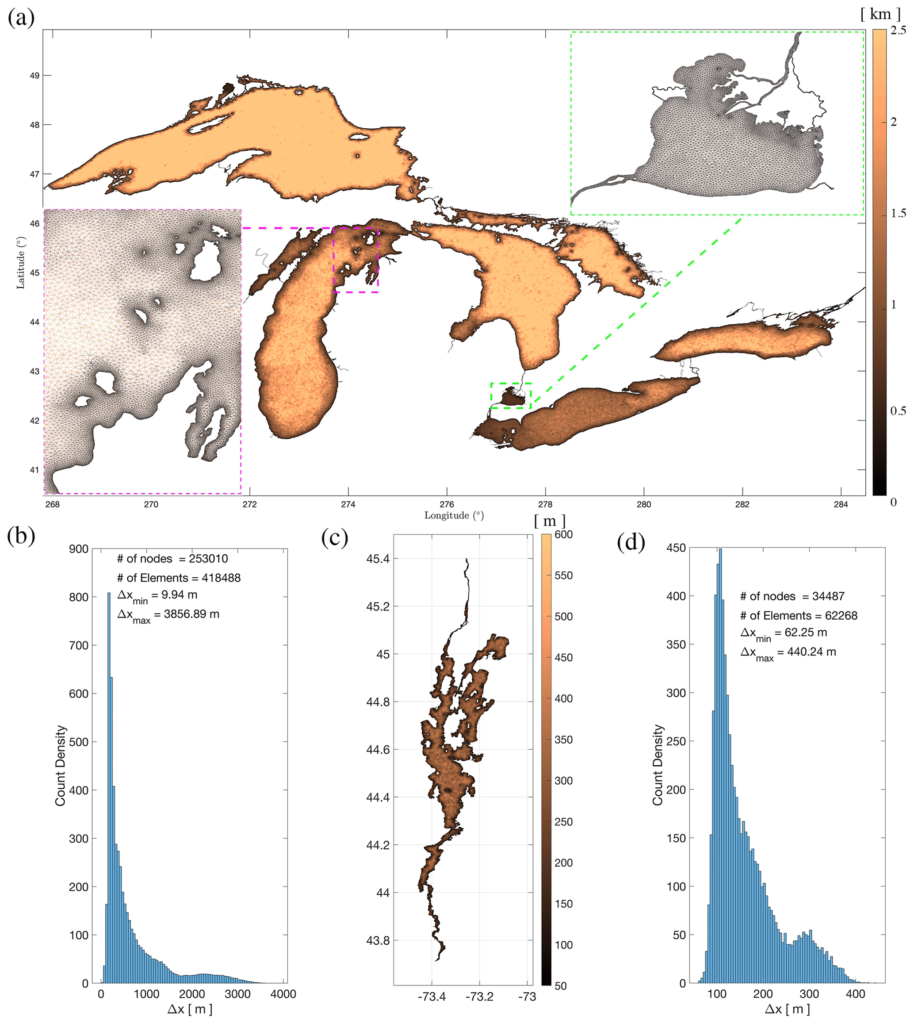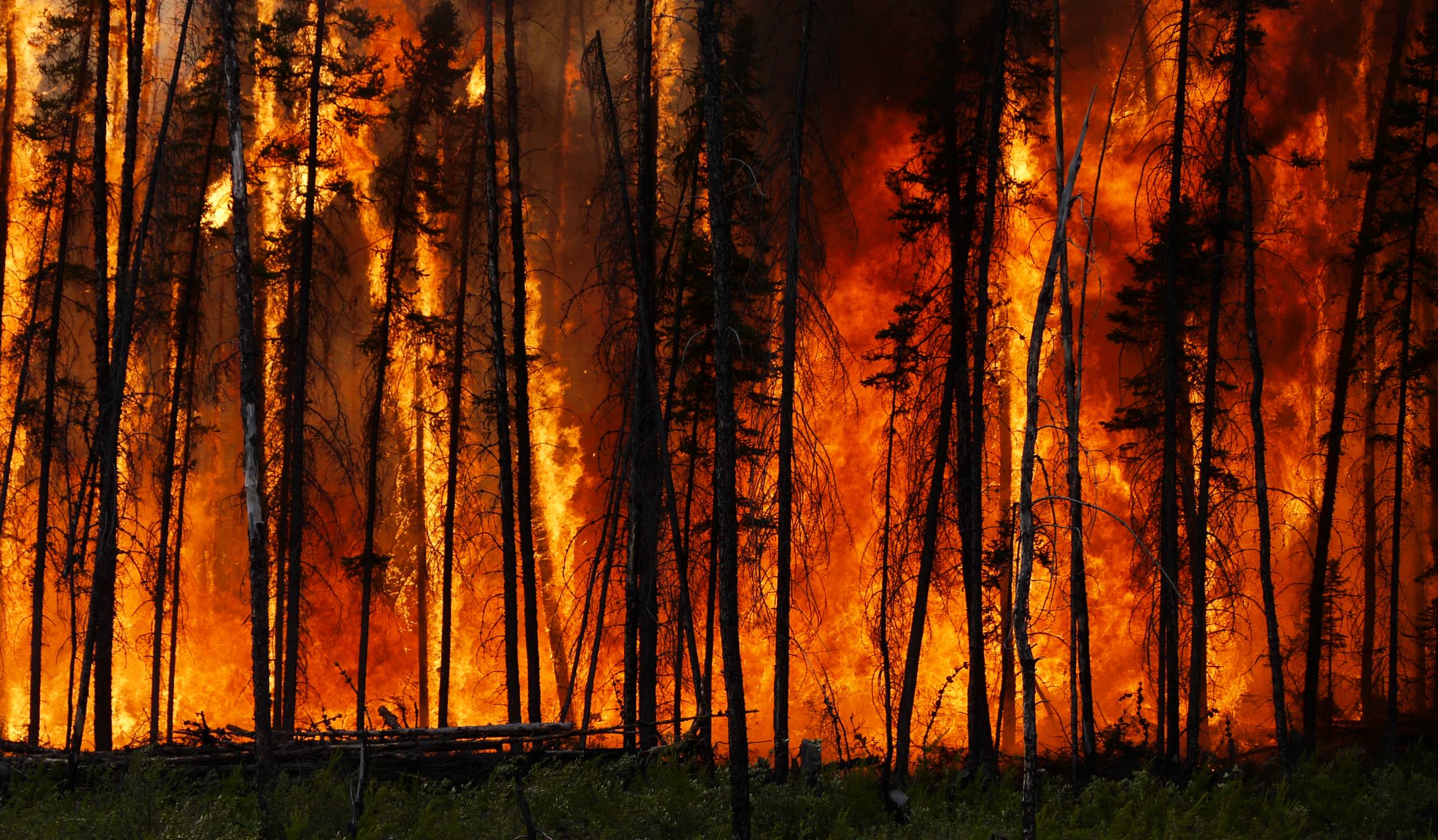
ESSIC scientist Ali Abdolali is first author on a new paper in Geoscientific Model Development titled, “Great Lakes Waves Forecast System on High-Resolution Unstructured Meshes”.
In the Great Lakes region, the safety of communities, property, and the economy rely on accurate wind-wave forecasts. Modeling wind waves in relatively shallow basins with complex bathymetry like the Great Lakes is a challenge, but can be tackled by using variable-resolution triangular unstructured meshes. In the paper, the authors discuss recent advances in developing unstructured-mesh capabilities as part of the spectral wave model WAVEWATCH III, in the context of National Oceanic and Atmospheric Administration (NOAA) operational requirements such as model robustness, efficiency, and accuracy. Their results describe the development of the operational Great Lakes wave-modeling system (GLWUv2.0), from mesh design and scalability analysis to validation and verification for hindcast of storm cases and reforecast using 4 months of retrospective simulations.
Dr. Ali Abdolali is a highly accomplished Physical Scientist with an illustrious career spanning both governmental agencies such as NOAA and ERDC and academia. Throughout his career, he has led teams of scientists to accomplish groundbreaking projects in the field of climate modeling, specializing in the development of wave and surge models and the integration of coupled models within Earth System frameworks. Ali’s pioneering work in the realm of tsunamis and acoustic gravity waves has resulted in the creation of innovative methods for tsunami early warning systems. His research has garnered widespread recognition and has been published in prestigious journals including Nature, Journal of Fluid Mechanics, and Journal of Geophysical Research, among others. With over 30 peer-reviewed publications and a wealth of conference proceedings to his name, Ali’s exceptional contributions continue to push the boundaries of our understanding of Earth’s complex systems, ultimately enhancing our capacity to predict and respond to environmental hazards.
To access the paper, click here: “Great Lakes Waves Forecast System on High-Resolution Unstructured Meshes”.





